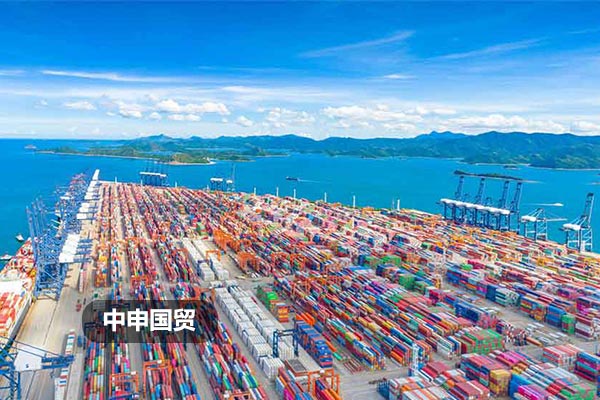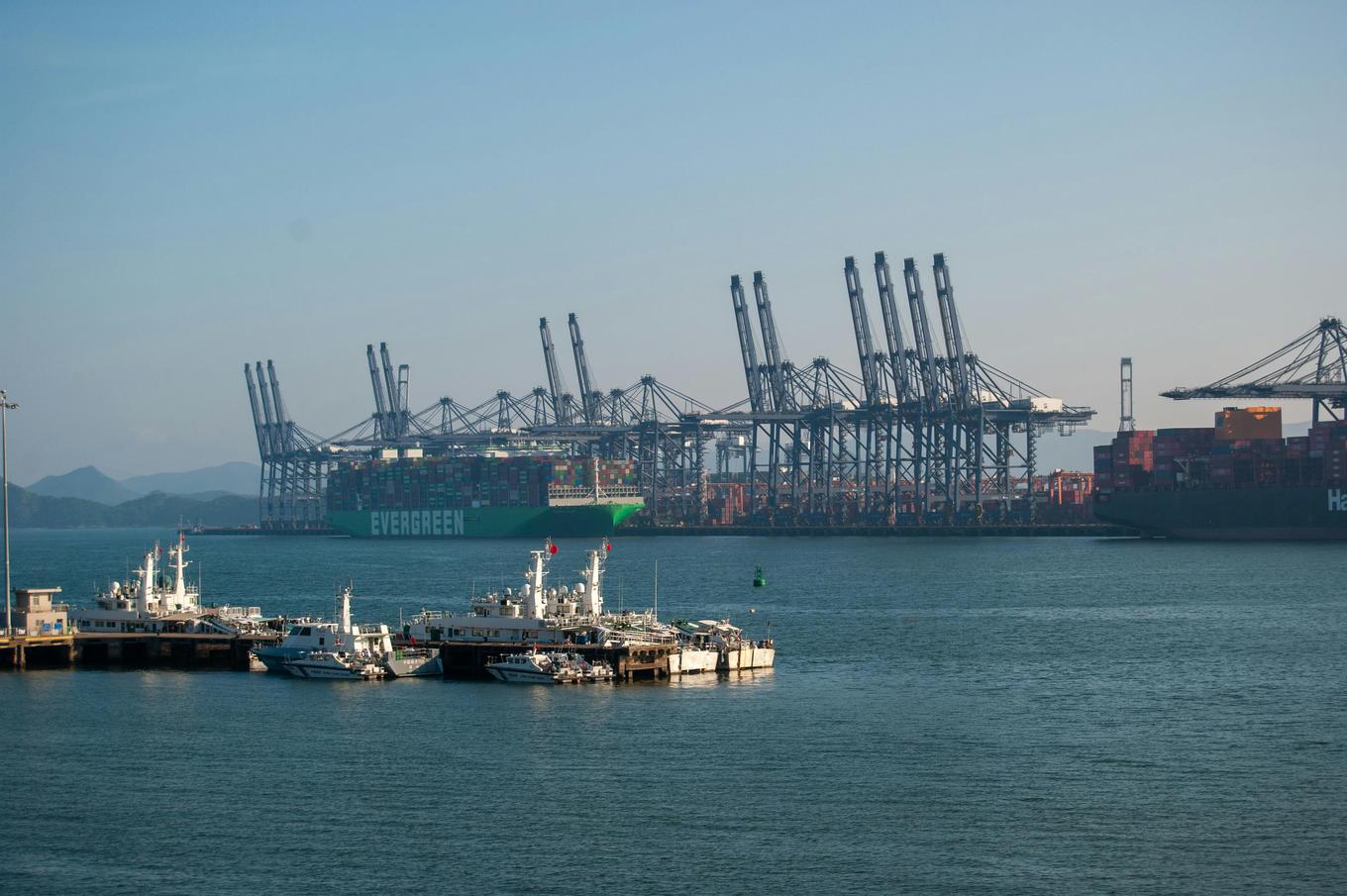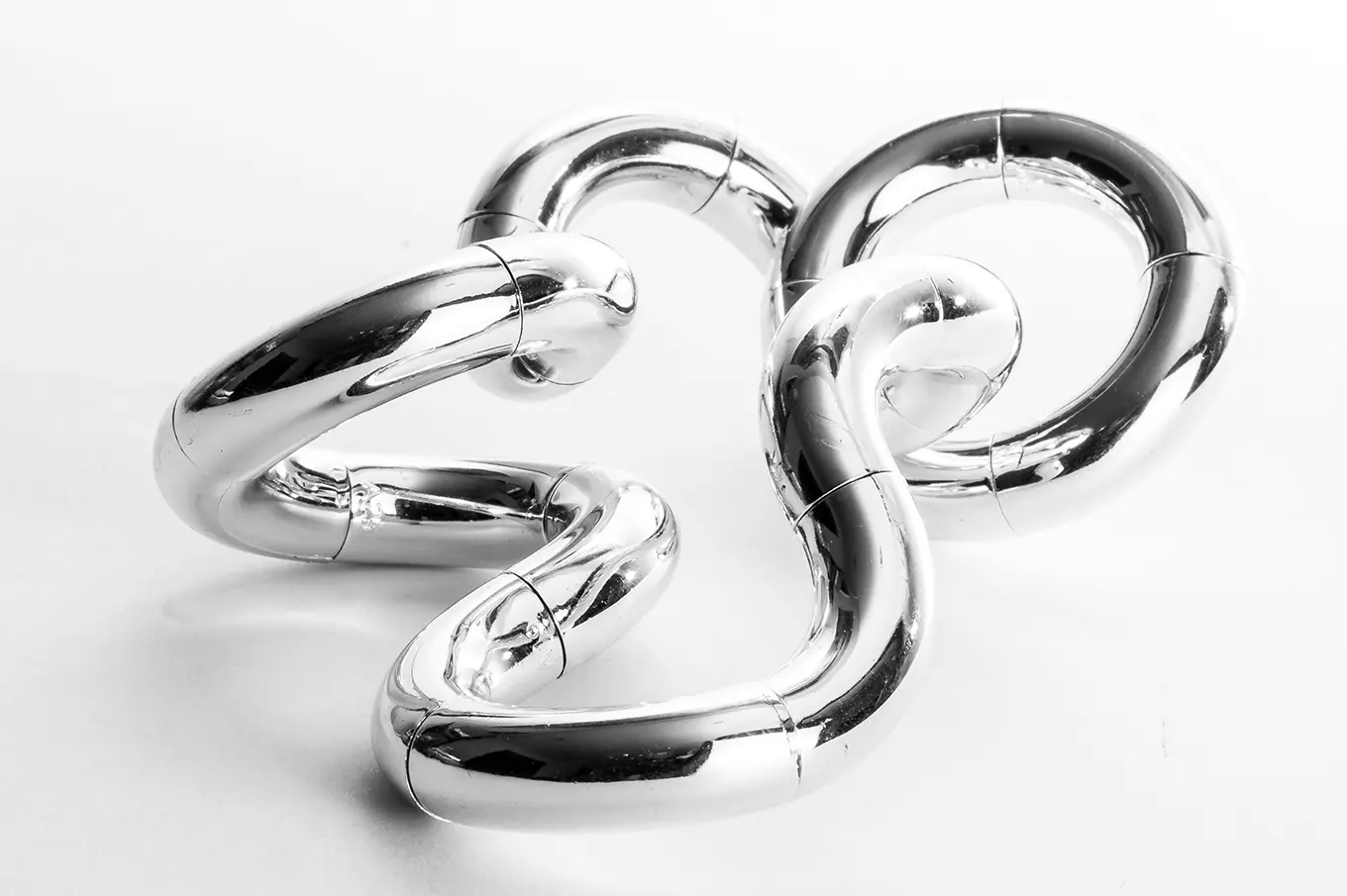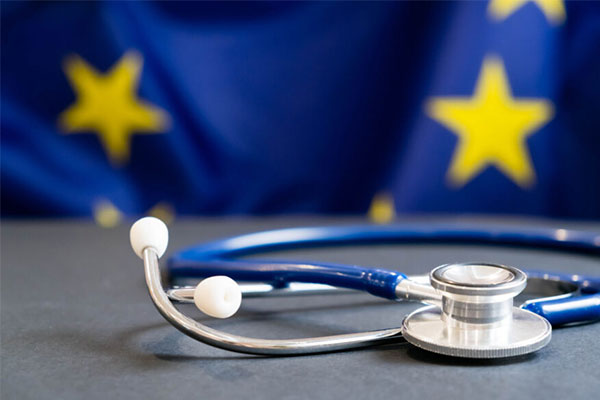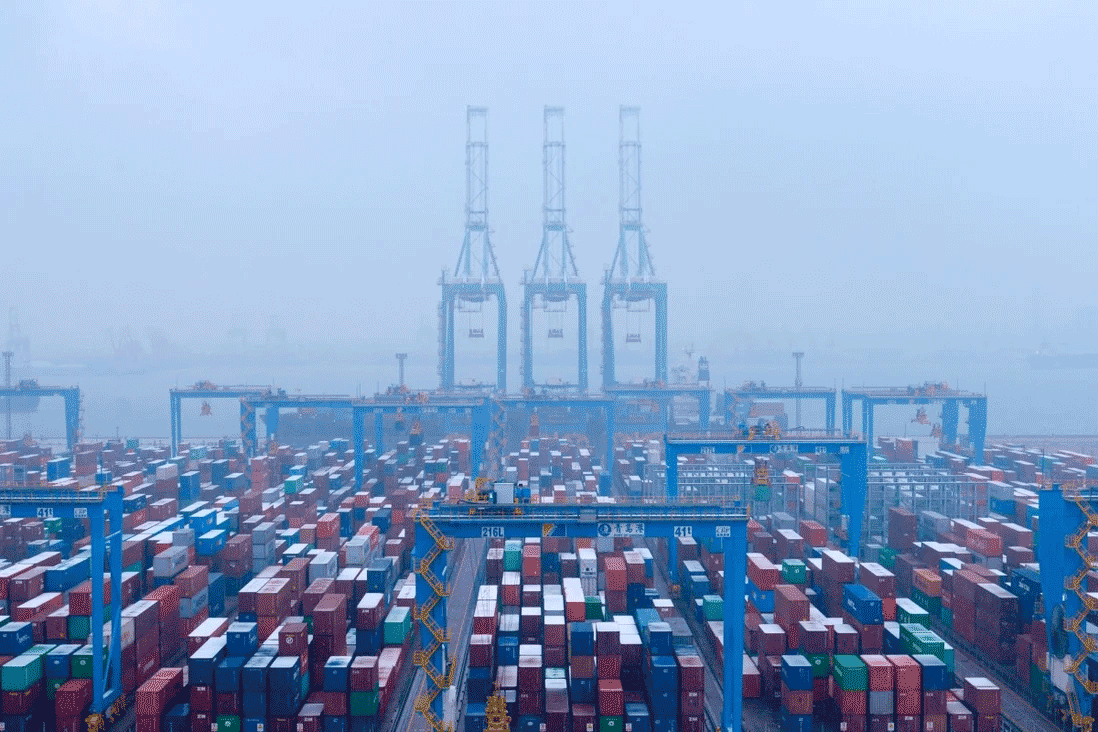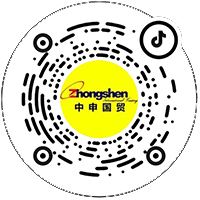- 20 Years of Expertise in Import & Export Solutions

The Special Nature of Environmental Equipment and Regulatory Blind Spots
The global environmental equipment market is expected to exceed $1.2 trillion in 2025, but the special nature of the?Import/export?process often leads enterprises into regulatory difficulties. According to the WTO's Technical Barriers to Trade database, 32% of environmental equipment return cases are due toHS code classification deviations. Taking a water treatment system as an example, there is a 3.7% tariff difference between its pump components (8413.81) and control system (8537.10). An incorrect classification could lead to the entire shipment being re-evaluated by customs.
Three Major Cognitive Misconceptions in Customs Practice
- Equivalence of certifications:
- EU CE certification includes three directives: EMC/LVD/MD. Starting in 2025, a carbon footprint disclosure requirement will be added.
- US EPA certification needs to distinguish between stationary source (40 CFR 60) and mobile source (40 CFR 86) equipment.
- Misjudgment of origin:
- If core components made in Germany account for over 45%, the origin needs to be redetermined.
- There are differences in the material lists for tariff reductions for China, Japan, and South Korea under the RCEP agreement.
- Blind spots in packaging regulations:
- Adsorbent equipment must comply with the Class 7 packaging standards of the IMDG Code.
- Detection equipment powered by lithium batteries must be labeled with the UN38.3 mark.
Analysis of Hidden Requirements in Qualification Certification
The revised version of ISO 14034, effective in 2025, adds aenergy efficiency verificationmodule, requiring exporting enterprises to provide continuous operation data from a third-party laboratory. Taking air purification equipment as an example, a continuous 3000-hour operational test report must be submitted, in which the fluctuation of PM2.5 filtration efficiency must not exceed ±2%. The latest draft from the US Department of Energy shows that starting in 2025, dust removal equipment must meet the SEER 16 energy efficiency standard, an 18% increase from the current standard.
Optimization Strategy of Logistics Plan
- Transportation of special equipment:
- It is recommended to use semi-submersible ships for transporting oversized wastewater treatment modules.
- Constant temperature containers with air cushion shock absorption systems are recommended for precision testing instruments.
- Customs clearance time control:
- Pre-classification services can shorten customs clearance time by 48 hours.
- The inspection rate for AEO certified enterprises is reduced to 1/3 of the regular rate.
Five Key Points for Cost Control
An environmental technology company achieved a22% reduction in comprehensive costs:
- through professional agency services by: Utilizing the ECFA early harvest list to reduce tariffs by 7.5%
- Choosing to transit through Qinzhou Port to save 17% on land transportation fees
- Optimizing packaging solutions to reduce volumetric weight by 34%
- Applying for tax exemption status for R&D supplies
- Establishing a compliance file for customs audits
The Value Creation of Professional Agency Services
When a company exporting a flue gas monitoring system encountered a classification dispute, the professional agent submitted atechnical parameter comparison tableandFunctional principle descriptionand corrected the commodity code within 3 working days. This case reveals that a comprehensive emergency plan system should include a technical document template library, a network of contacts with certification bodies, and a channel for resolving customs disputes—professional support that ordinary freight forwarders cannot provide.
Recommended for You
- A Complete Guide to Korean Cake Import Agency: An Analysis of Professional Foreign Trade Services with Dual Cores of Documents and Logistics
- A Complete Guide to Australian Red Wine Import Agency: Analysis of Documents, Logistics, and Compliance Practices
- Importing Chocolate: How to Smoothly Navigate Trade Barriers?
- How to Avoid Compliance Risks When Exporting Equipment via a Foreign Trade Agent?
- How to Calculate and Save on Medical Equipment Export Agency Fees?
Core business
Contact Us
Email: service@sh-zhongshen.com
Recommended for You
Contact via WeChat
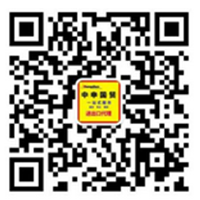
? 2025. All Rights Reserved.
